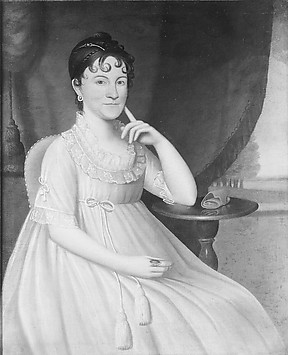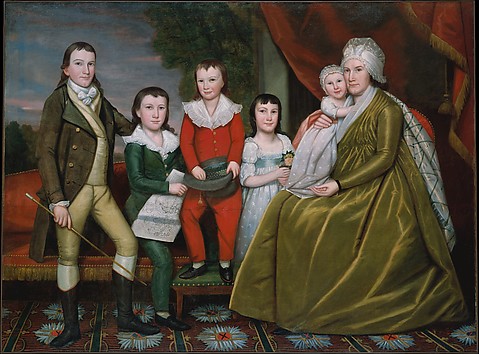Over the past three decades, Ralph T. Coe has traveled extensively throughout the United States and Canada to assemble this collection of Native American art, one of the finest in private hands today. Immersed in the cultures of Native America, he has come to know artists and artisans, traders, dealers, and shop proprietors, selecting the very best they have to offer. This catalogue tells the stories of nearly two hundred of these objects, combining art history with personal reminiscence. As director of the Nelson Gallery of Art (now the Nelson-Atkins Museum of Art), Kansas City, and as curator of two landmark exhibitions, "Sacred Circles: Two Thousand Years of North American Indian Art," in 1976, and "Lost and Found Traditions: Native American Art 1965–1985," in 1986, Coe helped to create in the art-museum world a climate conducive to exhibitions of Native American art in which work was recognized and presented as art rather than as ethnology or anthropology, as it generally has been in the past. The Ralph T. Coe Collection includes representative pieces from most Native American geographic regions and historical periods, beginning with objects dating back to the fourth millennium B.C. Many examples—men's shirts with ermine fringe, weapons, and button blankets—evoke the heroic lifestyle of the past, while small objects, such as tipi and kayak models, dolls, and tiny moccasins, speak to a more intimate significance. Ritual objects imbued with spiritual meaning—masks and katsinas, tablitas and medicine bundles—as well as utilitarian objects, such as pottery and baskets, also have a strong presence. Notably, several works by living artists are represented, the most recent made in 2001. An area that has often been ignored in private collecting is what Coe has termed Indian fancies, cross-cultural objects that illustrate the influence, beginning in the eighteenth century, of European taste on Native American art. Cumulatively, the collection provides and overview of the cultures of the American Indian. The catalogue begins with an absorbing autobiographical essay by the collector that recounts his early years in Cleveland, growing up in a highly cultured family surrounded by Impressionist and early modern paintings, and continues through his career as museum director and his life in the Southwest as an art collector. Also included are essays on the aesthetic appreciation of American Indian art. J. C. H. King of the British Museum writes a history of collecting; Judith Ostrowitz focuses on Native American art in the context of theory and text. In his foreword, Eugene V. Thaw writes about Coe as his friend and fellow collector and the role Coe has played in the awareness of the artistic heritage of Native America.





